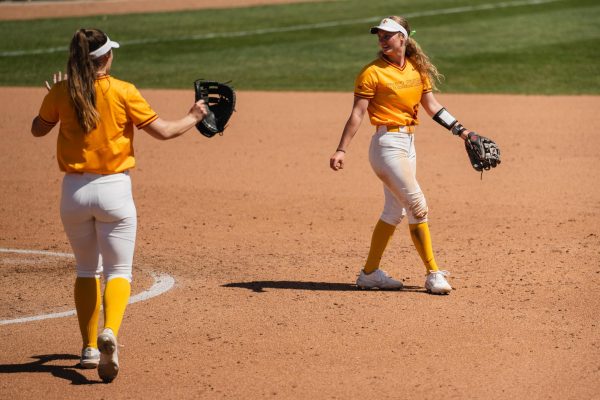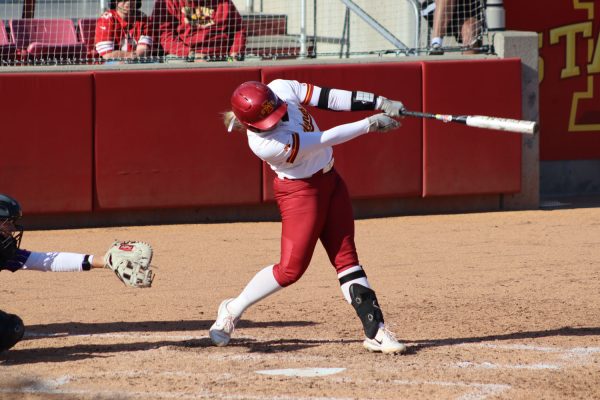Big 12 Conference remains on shaky ground
September 13, 2011
One year removed from the departures of Nebraska and Colorado from the Big 12, the talk of conference realignment has again resurfaced. This time, the possible result could mean the end of the conference altogether.
On Aug. 31, Texas A&M announced that it would leave the Big 12 by July 2012, causing Baylor to seek legal action against it and the SEC, A&M’s preferred transfer point.
Last Friday, ISU Executive Director of University Relations John McCarroll said Iowa State would not waive its right to seek legal action, as would be customary for every member of the Big 12 in the event of the departure of a school from the conference.
“At the same time, we are not part, nor have we been asked to be a part, of any kind of legal action against those two organizations or anyone else,” McCarroll said.
Seeking details about the stability of the conference has been a struggle, McCarroll said, since not much is being talked about outside the realm of the administrators involved in the decision-making because of the fluidity of the situation.
For ISU student-athletes, the conference debacle is a distraction that is intentionally avoided.
“Really, we’re not even the type of team to think about that stuff,” said ISU senior left tackle Kelechi Osemele. “We’re a blue-collar team. All we’re thinking about is winning and working hard, and we don’t even think about that stuff.”
Speculation of the conference’s instability has risen from the issue of uneven revenue sharing, but the reason the members of the conference have developed hostility toward one another does not stem from dollars and cents.
“The revenue-sharing thing is so overstated,” said David Ubben, Big 12 blogger for ESPN.com. “More than anything, it’s symbolic and it’s fostered a lot of resentment that you don’t see in other leagues and I think it’s one of the many reasons the Big 12 is where it is right now.”
Ubben, who has covered the Big 12 for ESPN.com since March 2010, said Tuesday the TV deal that the conference used to have was centered on TV appearances, which had juggernauts like Texas and Oklahoma making around $10 million as opposed to the smaller schools like Baylor, which was only making $7.5 million.
“The Big 12 isn’t breaking up because Texas is getting $3 million more than Baylor,” Ubben said. “You look at the teams that have left — Nebraska, Texas A&M — those teams benefited from an equal revenue sharing.”
Baylor’s bone to pick with Texas A&M and its decision to leave has the potential to cause problems, McCarroll said.
“The SEC has indicated [they’re] not going to accept Texas A&M if there are any lingering potential legal issues,” McCarroll said. “In other words, they don’t want to accept Texas A&M or probably anyone else and then find out a suit might be filed that delays all of that.”
The constant volatility has the schools with a smaller standing in the conference — such as Baylor, Kansas, Kansas State and Iowa State — pondering their future if the Big 12 folds.
“It’s been interesting,” Ubben said. “There’s not a league in the country that has as much internal friction as the Big 12 does.”
With recent reports of Oklahoma’s consideration of leaving the Big 12 that has resounded the possible demise of the conference, Iowa State may be left without a home.
“At other conferences, schools like Kentucky and Purdue and other schools that have similar positions in their league don’t have to deal with the realities of that on a day-to-day basis because their league is not talking about falling apart every year,” Ubben said. “So it’s a little bit more of a reality that schools like Iowa State and Kansas State are reminded of it on a more frequent basis.”
With a smaller athletic endowment than Texas and Oklahoma, Iowa State can’t afford to buy a little time.
















